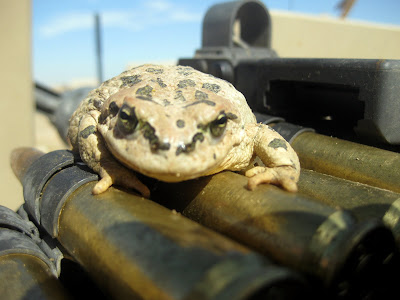
I am TA soldier on my first operational tour, currently deployed on a three month detachment with 47 Air Dispatch (AD) based in Kandahar. We are a crew of six Air Despatchers with seven local employees assigned to work with us.
The Air Despatch role is used to supply vital stores, equipment, rations and water to ground troops who may be unable to be re-supplied by road or who require an urgent re-supply. The day to day job involves rigging the equipment, aircraft loading and flying on the air drop sorties. There are also other tasks that are completed such as vehicle and store management which are crucial to support our work. We work very closely with the RAF C130 Hercules crews and together we re-supply any military unit or service on the ground.
The tour so far has been a relatively busy one. On top of our normal workload we were required to support Op Moshtarak by preparing 110 containers ready for airdrop over a 10 day period, working around 14-16hrs a day. The crew was on 24 hour standby over the course of the Op if required.

Our role in the operation was to allow the ground troops to maintain momentum by re-supplying with rations, fuel, water and ammunition. This was a large amount of work to be completed to support multi-national forces from France, Estonia, Afghanistan as well as British ground troops. Our hard work didn’t go unnoticed as the Det later received an Air Commodore’s Commendation for our efforts on the Op.
Our regular taskings have also meant us air dropping to Forward Operating Base and Patrol Bases. I have flown on one sortie which was a really good experience, very different from the training sorties that I fly at weekends, mainly because we fly at night observing through the doors wearing night vision goggles, body armour and with our weapons.

On a personal note I have found my time here very rewarding and feel that as a crew we have worked well and proven to a large audience that we can react quickly and achieve a great deal in a short space of time- even if that meant a 24hr working day which has happened on more than one occasion on our tour!
It is a big contrast to my normal civilian desk job but will look back on my time here with a sense of achievement and pleased that we had the opportunity to be involved in the Op, proving that our role although relatively small, can be a key part of re-supply missions.
.JPG)























